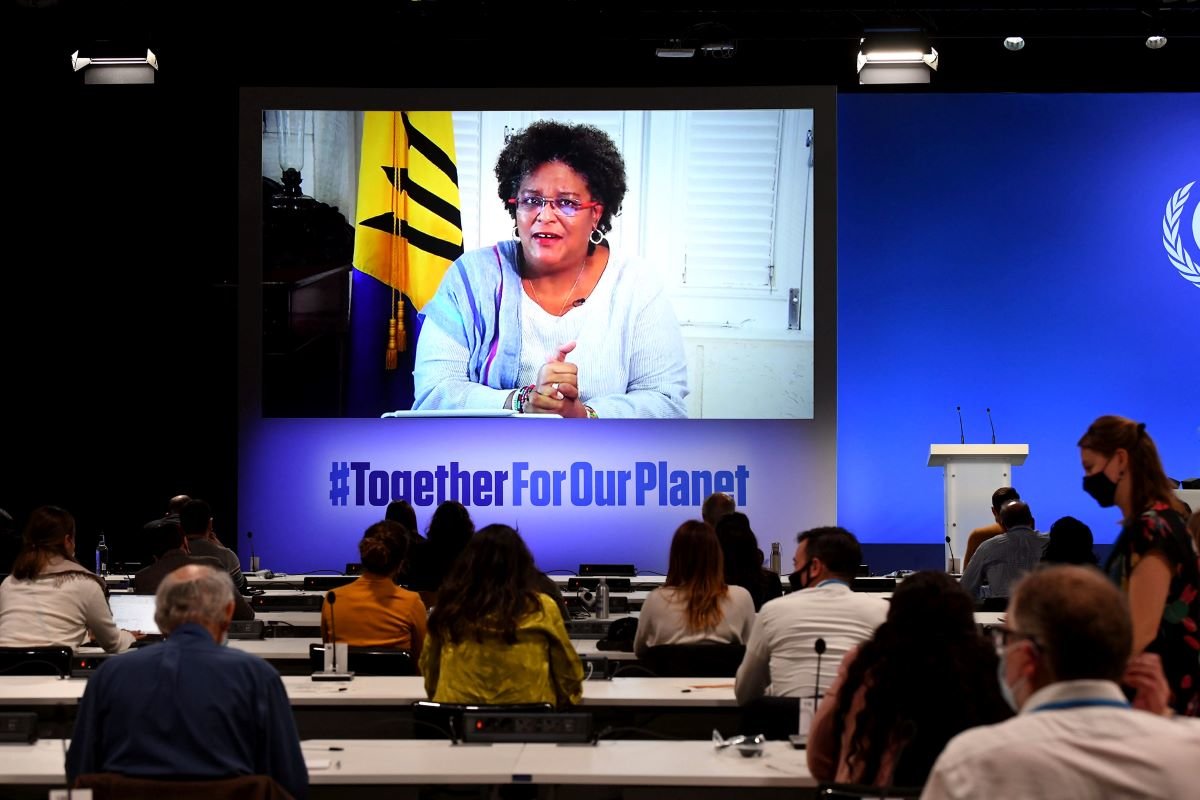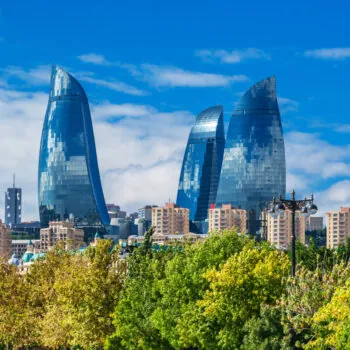Nearly 200 countries agreed upon COP26‘s Glasgow Climate Pact, amidst geopolitical tension over unequal economic recovery, between China and the US, and between the UK and EU. The chances of agreeing on a consensus deal that specifically targets coal and fossil fuels, ramps up emissions cuts in the 2020s and doubles adaptation finance were low. The diplomatic success is clear.
Yet government commitments, raised thanks to the Glasgow Summit’s political and public pressure, still project over 2 degrees of global warming. There is an expectation that developed countries won’t meet the annual goal to mobilise $100bn a year in climate finance until 2023. Climate-vulnerable countries’ pitches for finance to deal with the losses and damages of climate impacts were noted, not answered.
The package deal offers a political lifeline to accelerate climate action in the next few years. But it leaves 1.5C on a knife-edge.
We’ve identified four big political shifts from diplomatic efforts into and at COP26 that can drive the “Glasgow ambition train” to the next station in 2022.
Far-off net zero targets were not the major theme at this COP. Closing the gap in near term action was the strong message from Leaders’ speeches in the opening days. India’s new pledge to raise its 2030 ambition towards meeting net zero by 2070 injected momentum that was backed up by new leadership coalitions on key economy shifting commitments on coal, methane, fossil fuel investments, and deforestation. The final deal saw countries agree to a new annual ambition ratchet, a request for parties to revisit and strengthen their 2030 targets next year, and the launch of a new work programme for scaling up ambition and implementation in the 2020s. While India’s other big splash watered down the final decision on coal and fossil fuels, the clear signal was global consensus on moving on from coal, oil and gas.
Building on this political shift in 2022 will depend on coordinated diplomatic and public campaigning to ensure key countries deliver on the promise to raise their 2030 targets and policy pathways. Finance needs to be mobilized at scale to support just transitions, similar to the South Africa-led Just Energy Transition deal to shift its power system away from coal. This will be necessary to open the political and fiscal space for more aggressive decarbonisation.
COP26 highlighted the need for much clearer transparency, tracking, and accountability mechanisms for sectoral commitments to ensure promises actually move the needle towards achieving the 1.5°C target. The finalisation of the transparency mechanisms of the Paris Agreement rulebook have enhanced accountability agenda. But the sectoral pledges and those from non-state actors aren’t subject to these rules. They faced a skeptical public and media reaction in the first week of the cop.
Defining standards for non state actor pledges next year will be a critical path to maintaining public confidence in the credibility of climate commitments. The Expert Peer Review Group announced by the UN Secretary General could help develop the standards needed. Backing up sectoral pledges and initiatives like the Glasgow Breakthroughs with supporting process and resources will be key to ensuring countries deliver on them to support accelerated transitions.
The consequences of severe climate impacts seen around the world in recent years, combined with improved science, prioritised loss and damage at COP26. The big question going into Glasgow was whether and how developed countries would step up their support for the most vulnerable countries, which lack the capacity to deal with the impacts that are already hitting hard.
The good news out of Glasgow is that the Santiago network is more likely now to be fully resourced to provide real technical assistance to developing countries. But disappointingly the final deal does not include any concrete new funding, or plans to scale up financial support – only a promise to hold a dialogue to discuss arrangements for funding over the next two years. The most vulnerable countries accepted this outcome in return for assurances the dialogue would result in solutions and would not just be a ‘talk shop’, and that it would not pre-judge other discussions on setting up a new facility for loss and damage finance.
The politics did shift in Glasgow and the door has been opened, just a crack. But breaking the deadlock on finance will require a much stronger alliance between the climate vulnerables and more progressive donors to put pressure on the US and EU.
The US and China used the COP stage to ease geopolitical tensions and establish an ongoing programme of cooperation. Mia Mottley and Mario Draghi used the stage to push for a quantum leap in how the global financial architecture delivers for development in line with climate safety pathways. Even in the final COP26 covering decision texts, innovative links were made with international financial solidarity processes: emphasising the need to increase access and quality of climate finance and to consider indebtedness of vulnerable countries; using IMF Special Drawing Rights as additional support for climate vulnerable countries from 2022; and urging multilateral development banks and other finance institutions to hasten reforms to deliver more finance for climate action.
These visions for making the international finance system work for a climate emergency were one of the more exciting systems-changing signals from COP26. Delivering on them could ensure the summit’s outcome truly punches above its weight.



